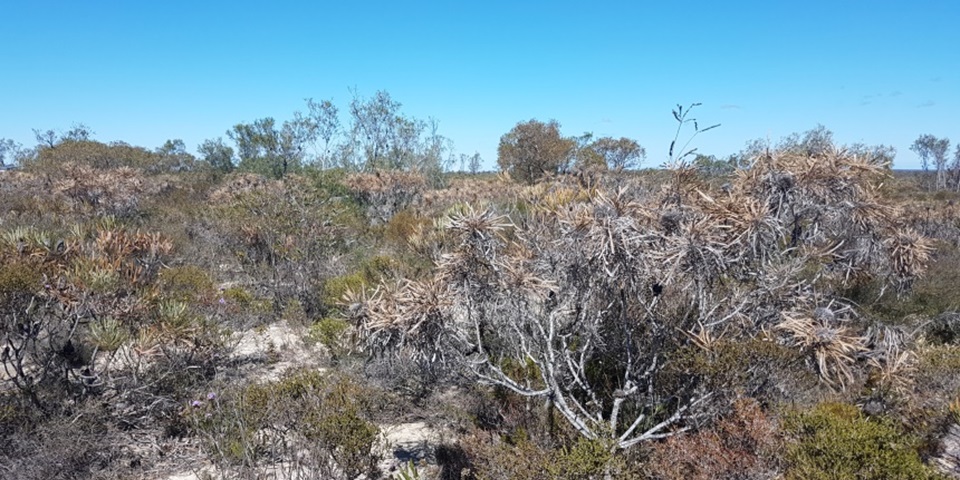News
Could a 1.5 degrees Celsius global temperature rise still be too high for WA?

One of the lead authors of the latest report from the IPCC has warned that even limiting global warming to 1.5 degrees Celsius above pre-industrial levels could still have dire consequences for the State and other parts of Australia.
Climate scientist Dr Jatin Kala from Murdoch University said that at 1.5°C global warming, many regions will experience much higher levels of regional warming.
“Many parts of the world will see mean temperature increases that, in time, will be higher than 1.5°C, including the South-West of Western Australia,” Dr Kala said.
“People might think that a 1.5°C rise is not going to have much of an impact on them because it seems like a small number.
“But the key thing to remember is that this is an increase in the global average temperature and will not be applicable everywhere.”
Climate projections for South-West WA show an increase in maximum temperatures of more than 1.5°C by 2030-2059 relative to 1970-1999, potentially affecting growing seasons in the Wheatbelt, damaging biodiversity and impacting wine regions like the Swan Valley.
Devastating heatwaves
Growing evidence supports the claim that the Great Barrier Reef and the Murray Darling Basin are other areas of Australia where the temperature rise will exceed 1.5°C.
“These average temperatures will be boosted in part by devastating heatwaves. Recent research has shown that the heatwave of 2010-11 in the South-West had huge repercussions across the land and sea, causing death in native plants, animals and causing damaging insect outbreaks,” Said Dr Kala.
Dr Kala said South-West WA was particularly affected by the impacts of warming and droughts because of its Mediterranean climate of hot and dry summers and cool and wet winters.
The report, released on Monday 8 October, also provided information on what it will take in terms of emissions pathways to limit global warming to 1.5°C, and assessed the climate impacts that could be encountered and avoided if warming remains at this level. In addition, the report assessed how inequality reduction can be balanced with emissions reductions.
Dr Kala contributed to the first of five chapters in the report, which sets out to define what 1.5°C actually means.
The IPCC (Intergovernmental Panel on Climate Change) was invited to produce the report, entitled Special Report on Global Warming of 1.5°C, by member nations of the United Nations Framework Convention on Climate Change (UNFCCC) almost three years ago after the Paris agreement. It is intended to inform policy around the world.